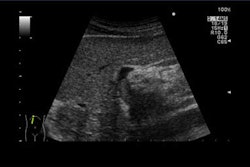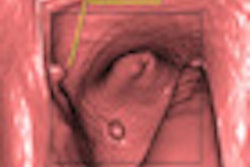Ultrasound vendor Aloka is highlighting clinical work currently under way on the use of its ultrasound-based e-flow technology to identify inflammatory regions that could be signs of tendonitis.
The company's Aloka Holding Europe division is working with Carlo Faletti, MD, of Regina Maria Adelaide Hospital in Turin, Italy, to validate the benefits of e-flow over traditional techniques, such as MR, for diagnosing tendonitis -- caused primarily by sporting accidents, overuse, and degenerative pathologies.
Faletti has conducted a number of studies examining the advantages of using ultrasound combined with e-flow. The findings demonstrate ultrasound is the only imaging technique that enables radiologists to view a patient's injuries in real-time -- which is a big advantage when trying to identify the precise location of acute pain, and thus its true cause, according to Aloka.
The findings indicate MRI and ultrasound produce very similar diagnostic information, and using e-flow produced greater sensitivity and greater image detail. During the acute phase, Faletti was able to observe microangiogenesis (the growth and repair of new blood vessels) taking place, which provides important clinical outcomes on a tendon's insertion (e.g., supraspinatus tendon).
A major part of Faletti's work involves aiding prominent sports stars and a leading Italian Serie A football club. He has adopted a "fused" approach using both MRI and ultrasound; with e-flow he can pinpoint with great accuracy any bleeding in fascial regions.
High-resolution ultrasound, in combination with contrast-enhanced ultrasound (CEUS), and e-flow technology, is a highly sensitive diagnostic method for the assessment of patellar and Achilles insertional tendinopathies, Faletti said.



















